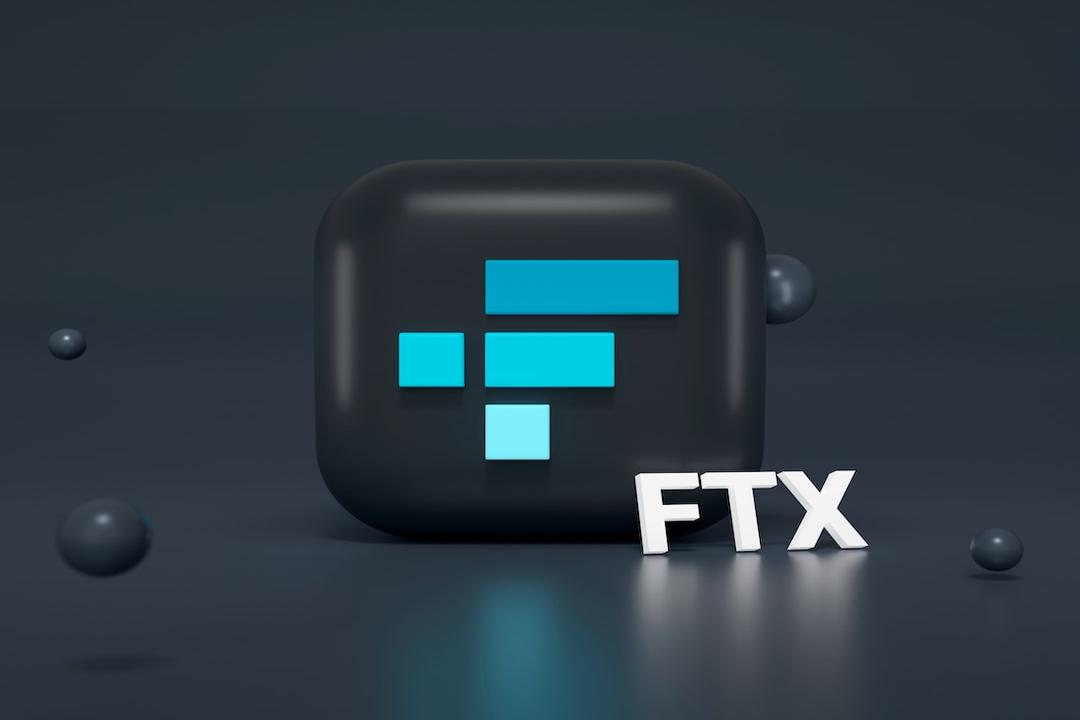Perhaps purchasing Bitcoin ultimately remains the best choice.

Despite bullish trends in major cryptocurrencies and US stocks, confidence in altcoins appears unusually low. Previous cycles’ expectations have left many investors disappointed with altcoins’ performance in this bull market, resulting in stagnant portfolio returns.
Current Situation
Market sentiment in the cryptocurrency industry is often volatile. Investors tend to exaggerate various market news, especially when heavily invested in specific tokens. Preconceived notions about certain tokens can also change at any moment. Therefore, social media sentiment cannot reliably forecast market prospects. What we can do is chart relevant data and conduct scenario analyses to assess the severity of the current situation.
By tracking indices and comprehensive charts of various global indicators, we gain insights into the overall market, aiding in identifying where most of the industry’s value lies and how it’s changing.

Based on data from 11,29 exchanges and 14,759 cryptocurrencies globally; Source: CoinGecko
Over the past eighteen months, the total market capitalization of cryptocurrencies has significantly grown with surprisingly low volatility. Despite Bitcoin hitting historic highs, the market still lags behind the frenzy of 2021 due to altcoins failing to keep pace. Lower-than-expected speculative capital inflows have caught many off guard.
To illustrate this phenomenon better, we can compare the market performance of Bitcoin versus altcoins (excluding Ethereum), showcasing Bitcoin’s sustained appreciation.

Comparison of total market value of altcoins versus Bitcoin’s market value 7-day rolling average
Undoubtedly, in this bull market, Bitcoin has dominated attention, increasingly capturing market share during its ascent, leaving altcoins in the dust. While altcoins attempted to catch up in previous cycles, such efforts now seem futile. The cascading decline in liquidity has stifled any potential for another altcoin season across the entire market.

Comparison of total market value of altcoins versus Ethereum’s market value 7-day rolling average
Despite Ethereum’s mocked flat price trends, it maintains its leadership. Speculators finding opportunities within on-chain ecosystems rather than memecoins or tokens priced in stablecoins have navigated the “hellish” market relatively smoothly. Our heartfelt condolences go to investors ensnared in Ethereum Beta scams.
Furthermore, altcoin investment metrics, widely used to identify favorable conditions for entering or exiting the altcoin market, continue to emit concerning signals, suggesting general market perceptions may not apply to the current circumstances.

Altcoin Investment Metrics: Summary chart similar to TOTAL/TOTAL3 oscillation indicators used for determining long-term altcoin investments
It’s evident that correlations between mainstream assets and other altcoins help determine the current market state. Lower oscillation indicator values (blue line) coupled with Bitcoin’s rising prices often signal a buying opportunity for altcoins, under the assumption that they are undervalued and will eventually follow suit. However, recent data indicates a brief and weak bullish cycle for altcoins, prompting investors to opt for short-term rather than uncertain longer-term investments.
As depicted below, while many tokens are seen as having high potential for appreciation, they ultimately struggle to deliver outsized returns.

Comparison of price returns between top 250 altcoins versus Bitcoin and Ethereum
Performance of the top 250 altcoins, compared to Bitcoin and Ethereum, has been disappointing, further dampening market sentiment.
Seeking Opportunities in a Sluggish Altcoin Market
It’s evident that market dynamics have shifted over time, emphasizing the importance of identifying trends and narratives to surpass benchmarks. The era of irrational exuberance has passed. The dispersion of liquidity and declining trading volumes concentrate gains within a few sectors. While general indicators suggest minimal appreciation for altcoins collectively, this overlooks differentiated growth within specific asset groups in the altcoin market.

Relative market capitalization growth of individual asset categories since market bottom
Careful observation reveals that most mature token categories have fallen below benchmarks since the rebound began. Conversely, emerging sectors with ample opportunities, attractiveness, and new developments have performed well. It’s important to note potential outliers within any industry, as the growth of specific groups only vaguely represents the performance of the covered assets.
To review everything that has transpired so far and identify corresponding opportunities, focusing on specific categories for analysis and measuring the price returns of their most valuable assets is crucial.
Return Calculation Method: (Current Price – Initial Price) / Initial Price * 100. Initial prices are sourced from November 21, 2022, or the first entry on CoinGecko, with current prices queried as of June 18, 2024.
Memecoin
Undoubtedly, memecoin has been a major theme in this cycle. Over the past year, investors have seen fortunes made and lost akin to lottery winnings due to memecoin investments. 
Price performance of the top 10 meme coins by market capitalization
In percentage terms, the total valuation of memecoins has not fluctuated significantly as expected, with Dogecoin and Shiba Inu tokens occupying nearly half of the memecoin market share, yet seeing minimal gains. Apart from successful tokens on Ethereum, much of the memecoin activity has taken place on Solana and the recently launched Base. The highest returns and three of the top ten new memecoins by market capitalization hail from Solana, with two tokens boasting returns exceeding five digits.
DeFi
DeFi conjures thoughts of income, fundamentals, and the financial future. Despite increasing participation in on-chain transactions, metrics such as protocol usage, transaction volume, and total locked value are rising. But can these data bring forth a new DeFi Summer? Not quite. 
Price performance of the top 10 DeFi tokens by market capitalization (excluding tokens from the DeFi 1.0 era)
Leaving aside innovation and product-market fit, current DeFi tokens (excluding those from the DeFi 1.0 era) have seen dismal price returns. With the exception of Pendle and The Graph, most projects have faltered. Liquidity staking, a significant track in recent years, has seen massive growth and adoption, yet governance tokens tied to liquidity packaging have failed to appreciate. Additionally, tokens associated with decentralized exchanges have performed poorly, with only Jupiter showing gains.
While these figures are worrying, DeFi 1.0 era protocols have left even more to be desired.

Price performance of the top 10 DeFi 1.0 tokens by market capitalization
DeFi 1.0 era protocols boasted high valuations, income, and usage rates. However, unless adoption strategies offset token depreciation, their performance in this cycle has been less than ideal. A recurring issue causing poor performance for DeFi protocol tokens, aside from liquidity mining, is the lack of practical utility for tokens beyond their primary use. Fee conversion may prove a lifeline, providing actual returns to users rather than diluting their holdings through token issuance, thus creating significant buying pressure for tokens.
L1
L1 tokens have consistently been the most popular among speculators and the most traded category within the cryptocurrency industry. Led by Bitcoin and Ethereum, L1 tokens have historically shown stable price trends. Advancements in this field have birthed numerous alternatives vying for market dominance, with success hinging on their ability to foster ecosystem prosperity by attracting technically adept builders and capturing extensive user interaction with applications. In some cases, L1 tokens thrive in the market purely on technical specifications.

Price performance of the top 10 L1 tokens by market capitalization
Many projects in the above table have successfully doubled returns compared to USD, but only three projects have surpassed the leaders of the L1 track, namely Bitcoin and Ethereum. Solana not only earns accolades as a “head player” in this cycle’s L1 category due to its return rates but also quickly became one of the market’s most utilized chains and a worthy center of memecoin activities, replacing Binance Smart Chain amid the failure to replicate the shitcoin frenzy of the previous rally. Notably, despite lacking mainstream attention and relatively low trading volumes, Kaspa has outperformed Solana in returns.
L2
To address scalability and high transaction costs, Rollup has become an indispensable part of the on-chain ecosystem. 
Price performance of the top 10 L2 tokens by market capitalization
Unlike their underlying layers, L2 returns are lackluster, with VC chains like Starknet and Arbitrum trapped in high valuation and low circulation, deep in losses. New concepts related to zero-knowledge and Bitcoin infrastructure have achieved significant value growth.
Conclusion
Facing harsh market realities and various liquidation notices, one might conclude that investment opportunities in altcoins have passed. 
Clearly, failing to keep up with narrative waves at this juncture will make it increasingly difficult to outperform Bitcoin and Ethereum’s investment returns.
However, unless you monitor market trends long-term or wield sufficient influence, catching every trend is impossible. In today’s market climate, negativity pervades the industry, signaling a need for investors to rebalance portfolios and consider risks.
The future of the altcoin market remains uncertain but likely won’t worsen.

